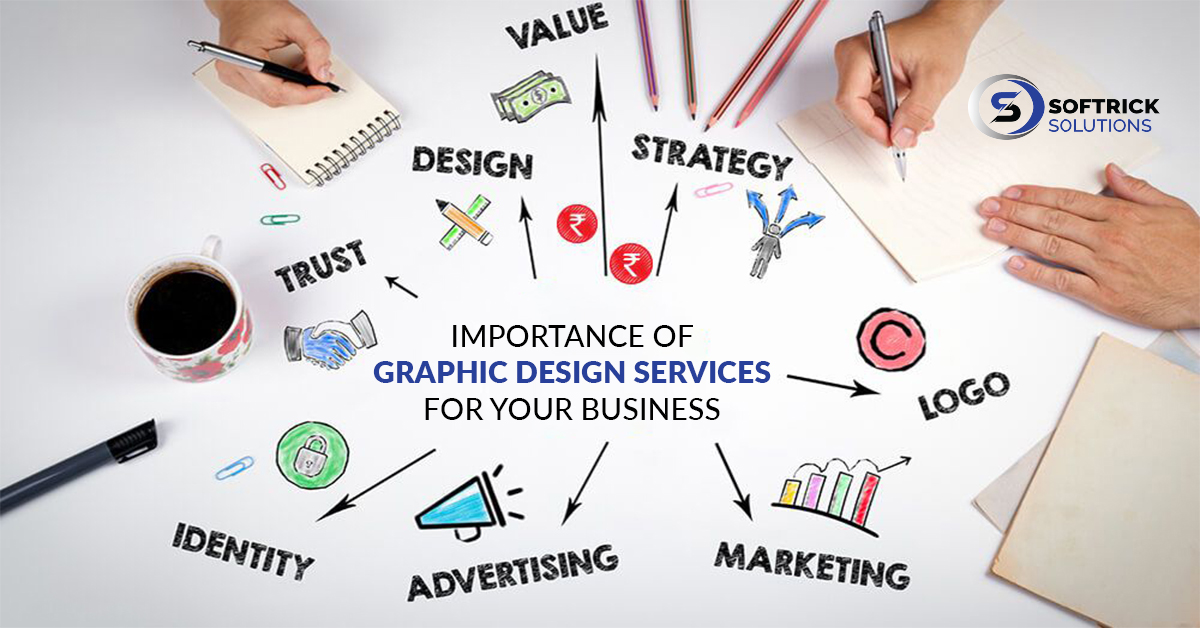In a data-driven world, presenting complex information in a clear and engaging manner is crucial for effective communication. Infographics have emerged as a powerful tool for transforming data into compelling visual narratives. This article explores the process of crafting informative graphics that elevate presentations and facilitate better understanding of intricate data sets.
1. The Art of Simplification: Raw data can be overwhelming, often leading to disengagement from the audience. Infographics distill complex information into easily digestible formats, using visual cues to guide viewers through the data. By simplifying content, infographics make it easier for audiences to grasp key insights without getting lost in the details.
2. Choosing the Right Visual Elements: Effective infographics strike a balance between text and visuals. Icons, charts, graphs, and illustrations are some of the visual elements used to represent data. Selecting the appropriate type of visualization depends on the nature of the data and the story being conveyed. For instance, bar charts are ideal for comparing quantities, while line graphs illustrate trends over time.
3. Crafting a Compelling Narrative: Infographics are not just about presenting data; they are about telling a story. A well-structured infographic follows a narrative flow, guiding the audience from introduction to conclusion. By arranging information logically and using a combination of headings, subheadings, and visuals, the infographic maintains coherence and engages the viewer.
4. Data Visualization Best Practices: Data accuracy and clarity are paramount in infographics. Choosing the right scale, labeling axes correctly, and using consistent units ensure that the data is accurately represented. Additionally, color choices, typography, and layout contribute to the overall readability and aesthetics of the infographic.
5. Tailoring Infographics to the Audience: Understanding the target audience is essential in infographic creation. Different demographics have varying levels of familiarity with data and different preferences for visual representation. Tailoring infographics to resonate with the audience enhances their comprehension and engagement.
6. Balancing Visual Appeal and Functionality: While aesthetics play a significant role, functionality should not be compromised. Infographics should be easy to navigate, with a clear hierarchy of information. Excessive decoration can distract from the data, so each visual element should serve a purpose in enhancing understanding.
7. Tools for Creating Infographics: Numerous tools and software are available to aid in infographic creation. From user-friendly online platforms to professional graphic design software, the choice of tools depends on the complexity of the infographic and the creator’s familiarity with the software.
8. Iterative Design Process: Infographic creation often involves an iterative process. Designers create drafts, gather feedback, and refine the design based on input. This iterative approach ensures that the final infographic effectively communicates the intended message.
9. Ensuring Accessibility and Compatibility: Infographics should be accessible to a wide range of users, including those with disabilities. Providing alternative text for images, using high-contrast colors, and ensuring compatibility with screen readers contribute to an inclusive design.
In summary, crafting informative graphics from data requires a blend of storytelling, design expertise, and data visualization skills. Infographics transform complex information into visually engaging narratives that resonate with audiences, making them an indispensable tool for effective presentations in various fields.


